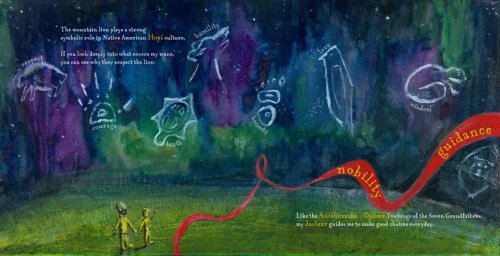Raminder Sidhu’s ambitious debut novel Tears of Mehndi (Caitlin Press, 2012) seeks to capture the story of the Indian Sikh community in Vancouver’s Little India over the past thirty-five years. The story begins in 1976, with a shocking racial incident—a small Sikh-owned grocery store is vandalized, with chocolate milk splashed everywhere; the graffiti reads “Hindu brest [sic] milk for free.” Now, this is a very cleverly crafted anecdote, doubly conveying the depth of ignorance faced by the Sikh community. But if there is racism without, there is oppression within. Although the Sikh religion regards the sexes as equal,
traditional gender roles dominate in a largely patriarchal community known to prize izzat (honor/reputation) very deeply. As ever, it is women (and their bodies) who bear the brunt of such fervor–there’s an over-riding imperative to produce male children, strictures to keep girls chaste and unworldly, and inevitably, so-called “honor” killings. The issue is compounded by the hostility of the outside world; for instance, believing that Canadian education is only for
those willing to integrate entirely and erase their cultural differences, some Sikh parents withdraw their daughters from high school.

There’s some first novel-itis going on, with Sidhu attempting to say *everything* about this community in 237 pages, and the unwieldy cast of characters (eight different first-person narrators!) meant I gave up keeping track of whose daughter was clandestinely meeting whom about halfway through the story. But Sidhu has considerable authorial strengths, notably including her unflinching gaze and her deep insider knowledge of Indian Sikhs, as revealed in anecdotes thrumming with life and honesty.
When oppression is seemingly bound to tradition, in a minority community already under siege from the outside world, dissent can seem perilously close to betrayal. In such an environment, community is everything; the universe is divided into Apnay Lok (our people) and the goray (white) outsiders. And within the community, battle lines are drawn not just around gender, but skin color, religion, degree of Westernization, and even old regional loyalties (for instance, a character remarks that she doesn’t like another woman who is from the other side of the river in Punjab, where women are said to be very cunning). Sidhu seems to say that our definitions of community define us; we progress as humans when we adopt affiliations beyond the ones we were born with.
(This review appears in the current issue of Herizons magazine.)




